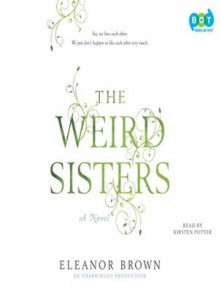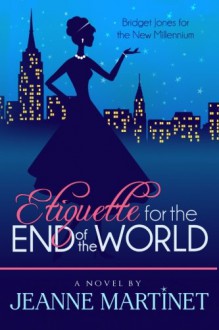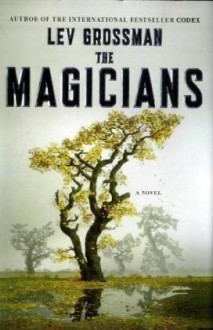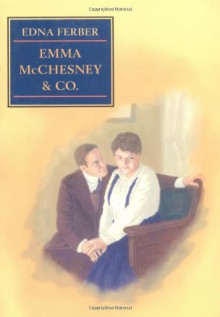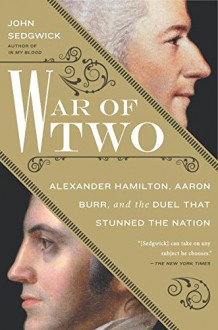
I didn’t know much about the 1804 duel between Alexander Hamilton and Aaron Burr before I read this double biography, but that (of course) didn’t stop me from having an opinion: Hamilton, good; Burr (the “victor”), bad. Learning more about them was revelatory and provided some well needed nuance. John Sedgwick takes readers back to the beginnings of each man's life, revealing surprising similarities and stark contrasts. Both men fought in the Revolutionary War, practiced law in New York City, and held political office--Hamilton worked closely with George Washington and was the first Treasury Secretary, while Burr was Vice President during Thomas Jefferson’s initial term as President. But their contrasts started at birth.
Alexander Hamilton was born out of wedlock on a Caribbean island, and then orphaned early and put to work. At twelve he had charge of the Beekman and Cruger shipping business, a job that would have been daunting for most men twice his age. When he was sixteen a ferocious hurricane ravaged the island, but instead of hiding inside Hamilton ventured out to see the storm and then wrote a dramatic account of it for the island’s newspaper. His literary skills brought him to the attention of Hugh Knox, a local minister, who arranged for Hamilton to be educated in America. Hamilton never returned to the island.
Aaron Burr initially led a more privileged life than Hamilton because he was born into a kind of religious dynasty. His father was a minister and the second president of a prestigious New Jersey college that later became Princeton University, and his grandfather was Jonathan Edwards, a Calvinist minister and a leader of the Great Awakening religious revival of the 1730’s-40’s. Maybe because of his background Burr was driven to accelerate and excel in his studies, receiving a Bachelor of Arts degree when he was just sixteen. Burr was a great admirer of early feminist Mary Wollstonecraft, and he made sure that his beloved daughter Theodosia was as well educated as any boy.
Sedgwick’s penetrating account of the eventually fatal rivalry between the two men provides fascinating insights into the personalities involved and the history of their time. The love lives of several Founding Fathers are laid bare and I was intrigued by deportment differences between Federalists and Republicans. Those supporting the Federalist party made formal bows upon meeting and considered the handshake a vulgar Republican custom. George Washington in particular couldn’t bare to be touched. One man who patted Washington on the shoulder to win a bet deeply regretted it afterwards, being almost undone by Washington’s cold stare.
Federalists and Republicans even admired different doctors--Republicans preferred old fashioned bleeding and purging styles of medicine while Federalists like Hamilton favored gentler cures with doctors who allowed the body time to heal itself. America’s polarized politics have a long history.
While I couldn’t understand how he did it, I enjoyed reading about reactions to Hamilton’s financial alchemy. He somehow managed to turn the country’s prodigious debt into money that could be invested in things that would help the young nation grow economically, like canals and roads, but Republicans like Thomas Jefferson, who envisioned a society made up of gentlemen farmers, considered the whole business unseemly.
Moving, informative, and entertaining, the book takes the story forward many years after the Hamilton/Burr duel, including Burr’s audacious attempt to hijack some Louisiana Purchase lands to found his own republic and ending with Burr’s death in 1836.

 Log in with Facebook
Log in with Facebook 
